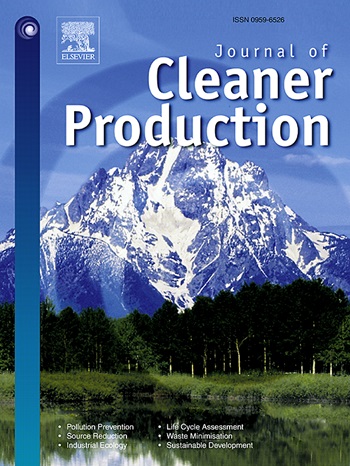表面活性剂辅助超声降解全氟烷基和多氟烷基物质:表面活性剂浓度的影响
IF 10
1区 环境科学与生态学
Q1 ENGINEERING, ENVIRONMENTAL
引用次数: 0
摘要
全氟烷基和多氟烷基物质(PFAS)是持久性环境污染物,以其对常规降解方法的抗性而闻名。超声降解是一种很有前途的高级氧化技术,已成为分解水系统中PFAS的潜在解决方案。研究了表面活性剂对不同PFAS超声降解的影响。测试了三种类型的表面活性剂——十二烷基三甲基氯化铵(DTAC,阳离子)、十二烷基苯磺酸钠(SDBS,阴离子)和Triton X-100 (TX-100,非离子),以帮助降解全氟辛酸或PFOA、全氟辛烷磺酸或PFOS、6:2氟聚体磺酸或6:2 FTS等全氟磺酸,以及水成膜泡沫(AFFF)等真实样品,并形成分馏酸(FF)废物。在临界胶束浓度(CMC,高浓度范围0.25 ~ 20 mM)和与PFAS等摩尔浓度(低浓度范围~ 0.02 mM)的条件下,对表面活性剂进行超声检测。CMC周围的表面活性剂对PFOA、PFOS和6:2 FTS的降解没有促进作用。尽管如此,它们仍然抑制了它们的降解,可能是由于在空腔气泡-水界面上的竞争来保护PFAS不被降解。然而,当使用低浓度的表面活性剂时,特别是在与PFAS相同的摩尔浓度下,降解增强。在AFFF和FF的真实样本中也验证了这种增强。研究结果揭示了表面活性剂与PFAS在降解途径中的相互作用,揭示了表面活性剂辅助超声降解对PFAS的修复作用。本文章由计算机程序翻译,如有差异,请以英文原文为准。

Surfactant-assisted ultrasonic degradation of per- and polyfluoroalkyl substances (PFAS): Effect of surfactant concentration
Per- and polyfluoroalkyl substances (PFAS) are persistent environmental pollutants known for their resistance to conventional degradation methods. Ultrasonic degradation, a promising advanced oxidation technique, has emerged as a potential solution for breaking down PFAS in water systems. This study investigates the impact of surfactants on the ultrasonic degradation of various PFAS. Three types of surfactants—dodecyltrimethylammonium chloride (DTAC, cationic), sodium dodecylbenzene sulfonate (SDBS, anionic), and Triton X-100 (TX-100, non-ionic) were tested to assist the degradation of PFAS such as perfluorooctanoic acid or PFOA, perfluorooctane sulfonate or PFOS, 6:2 fluorotelomer sulfonate or 6:2 FTS, as well as real-world samples such as aqueous film-forming foam (AFFF), and form fractionate (FF) wastes. Ultrasonication with surfactants was tested at around critical micelle concentration (CMC, high concentration range of 0.25–20 mM) and equal molar concentration (low concentration range of ∼0.02 mM) with that of PFAS. Surfactants around CMC did not enhance PFOA, PFOS and 6:2 FTS degradation. Still, they inhibited their degradation, likely due to the competition at the cavity bubble-water interface to shield PFAS from degradation. However, when low concentrations of surfactants were used, particularly at an equal molar concentration with that of PFAS, the degradation was enhanced. The enhancement was also validated for real-world samples of AFFF and FF. The findings provide insights into the interaction between surfactant and PFAS towards the degradation pathway, revealing surfactant-assisted ultrasonic degradation for PFAS remediation.
求助全文
通过发布文献求助,成功后即可免费获取论文全文。
去求助
来源期刊

Journal of Cleaner Production
环境科学-工程:环境
CiteScore
20.40
自引率
9.00%
发文量
4720
审稿时长
111 days
期刊介绍:
The Journal of Cleaner Production is an international, transdisciplinary journal that addresses and discusses theoretical and practical Cleaner Production, Environmental, and Sustainability issues. It aims to help societies become more sustainable by focusing on the concept of 'Cleaner Production', which aims at preventing waste production and increasing efficiencies in energy, water, resources, and human capital use. The journal serves as a platform for corporations, governments, education institutions, regions, and societies to engage in discussions and research related to Cleaner Production, environmental, and sustainability practices.
 求助内容:
求助内容: 应助结果提醒方式:
应助结果提醒方式:


